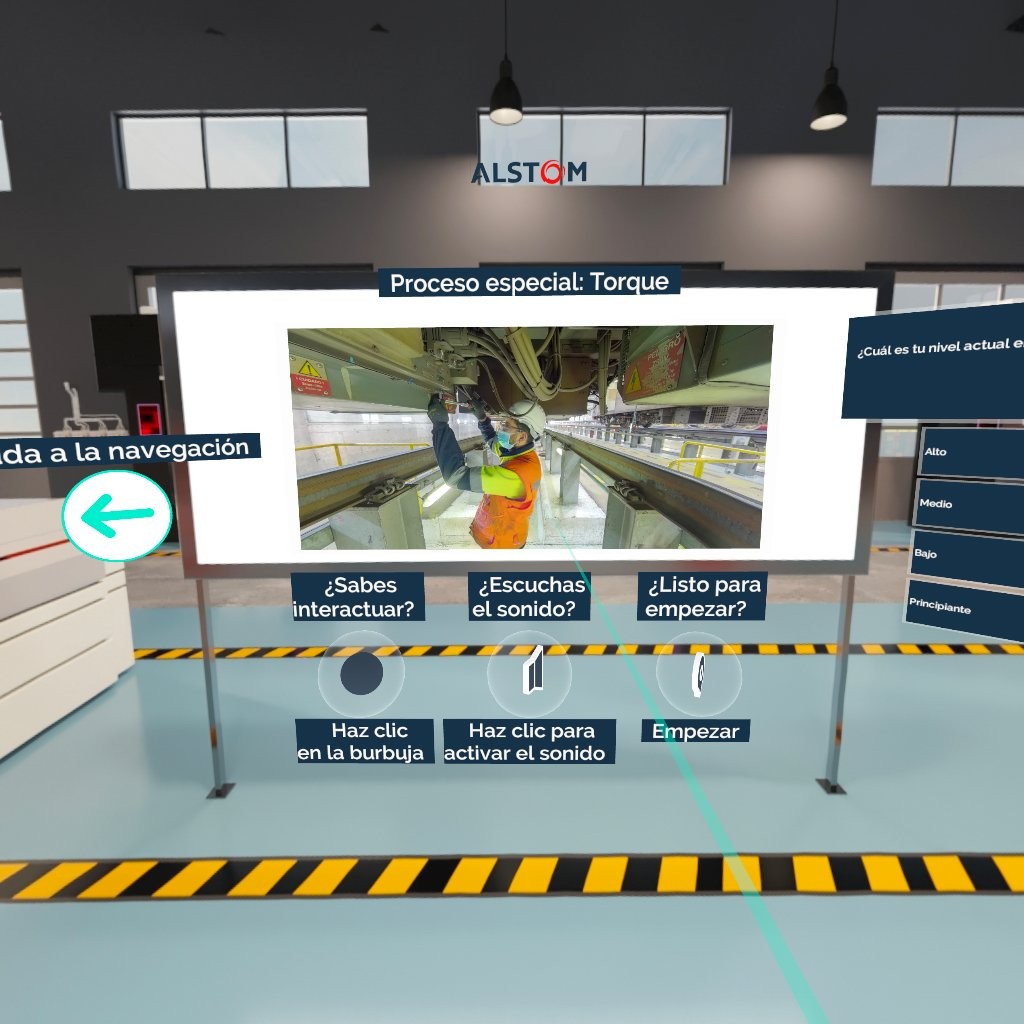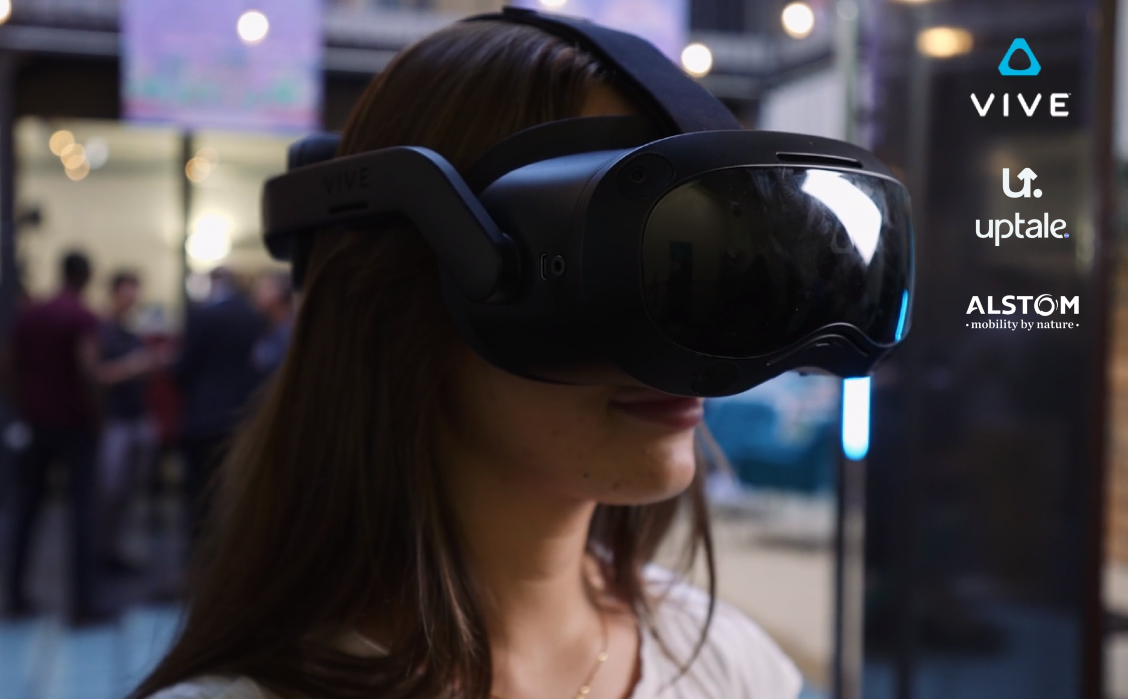Unleashing the Potential of Immersive Technologies
Virtual reality (VR) has emerged as a powerful tool for enterprises seeking to revolutionize their training processes. Forward-thinking companies have harnessed the benefits of virtual reality to train their employees worldwide and overcome physical constraints.
Alstom, a global leader in sustainable mobility, has been at the forefront of adopting VR as a training modality for several years, with more than 80,000 employees worldwide.
They use this technology to create immersive learning environments that closely mirror real-world experiences, thereby enhancing employee engagement.
But how did they successfully implement VR technology as a standard learning modality, and what impact have they achieved after several years?
Alstom's Pursuit
of VR Excellence
Alstom University and employee development play a pivotal role in enhancing Alstom’s competitiveness. Recognizing that new technologies can bridge gaps and overcome future challenges, Alstom has partnered with Uptale, an Immersive Learning platform empowering enterprises to create rich interactive VR experiences from simple 360° captures, and HTC VIVE, utilizing VIVE Focus 3 headsets. This collaboration has allowed them to pioneer a scalable and impactful VR solution for corporate training.
To ensure the widespread adoption of new technologies for learning, Alstom University has established campuses around the world, making access available to employees, partners, and customers on a global scale.
Alstom’s objective was to implement immersive technologies in a way that delivers sustainable results, establishes best practices, and aligns closely with their anticipated outcomes, such as reduced training costs, a smaller carbon footprint in training delivery, improved employee retention, and increased ROI.

Franck Gaillard, Global Learning Director.
Realizing the ROI: Alstom's Success Story
Analyzing the development costs and the responses to their findings, Alstom has achieved remarkable results. By freeing up team leaders’ time, reducing employee exposure to risks, and refining the training program, Alstom has estimated a potential annual ROI of €9,000 on one production site using Uptale. Armed with this compelling data, Alstom expanded its deployment to additional sites globally, paving the way for a comprehensive VR-based training program across the organization.
After four years of deployment, usage and results are now speaking for themselves:
- More than 170 VR creators worldwide.
- Over 300 VR experiences.
- Over 34,000 VR sessions since 2019.
- Estimated cost savings of €9,000 per site, saving one month per year in induction time.
- A 90% cost reduction by digitizing on-site onboarding on a production site (reducing costs from €500 per person to €16 with VR).
- Integrated with Learning Management System (LMS) through Single Sign-On (SSO) connection.


Making VR Training the New Normal
By using the combined Uptale and VIVE Focus 3 solution, Alstom teams can successfully digitize their know-how and create immersive content internally with full autonomy. This use of VR leads to significant cost savings, higher trainee engagement, and increased knowledge retention.
For Camille Mulquin, Marketing Team Manager at Uptale, HTC offers robust, enterprise-ready headsets, designed for the deployments of our large enterprise customers. “HTC VIVE really listens to solution providers and knows how to innovate to offer the best in Virtual Reality,” says Mulquin.
The versatility of VR training has opened the door to many emerging use cases for all types of jobs and activities. These include safety and hazards training, quality training to HR & leadership skills, through to site visits, negotiation, production and operation procedures, and much more.
To facilitate VR adoption, Alstom is currently deploying Regional Campuses to familiarize employees with digital tools, utilizing HTC VIVE Headsets and innovative business solutions such as Uptale.


